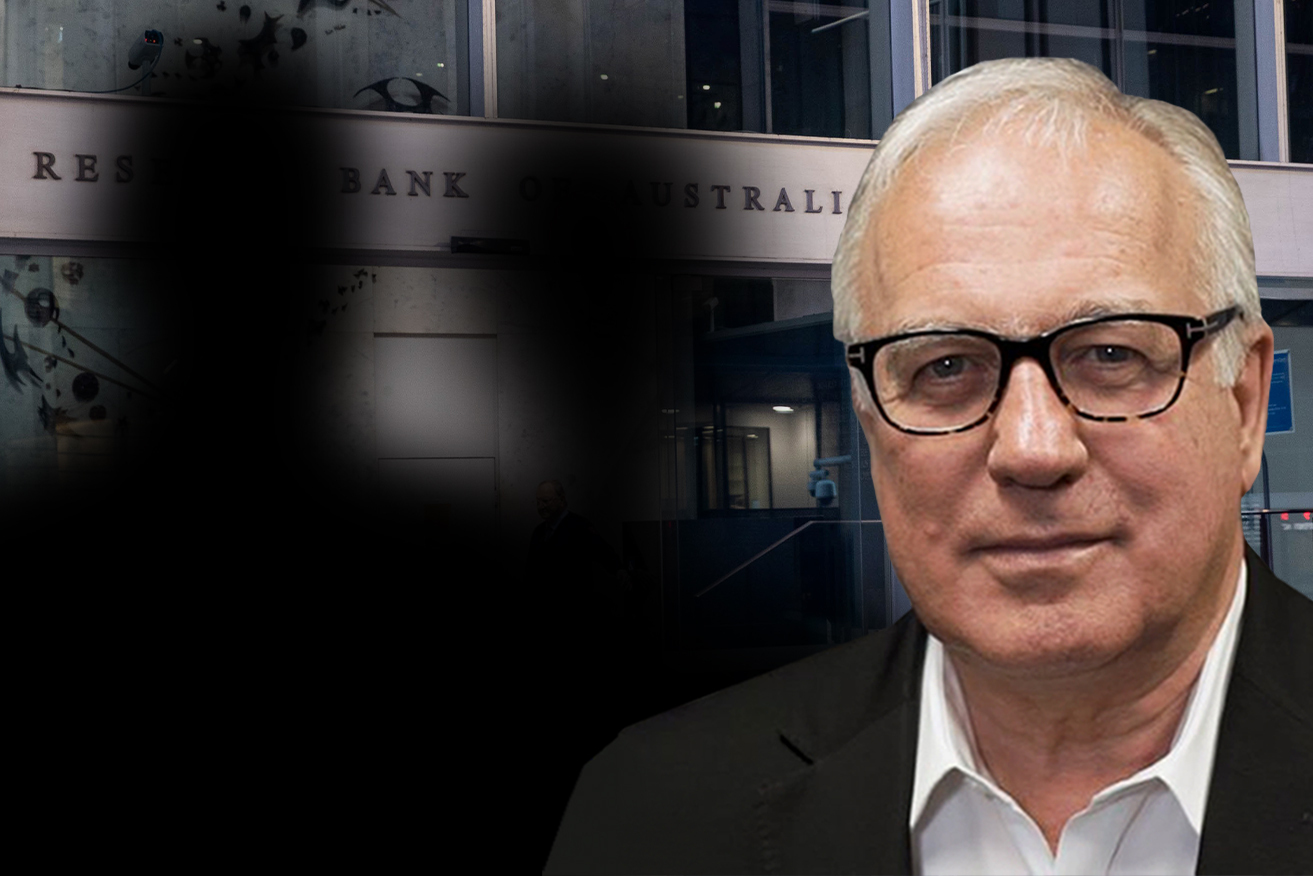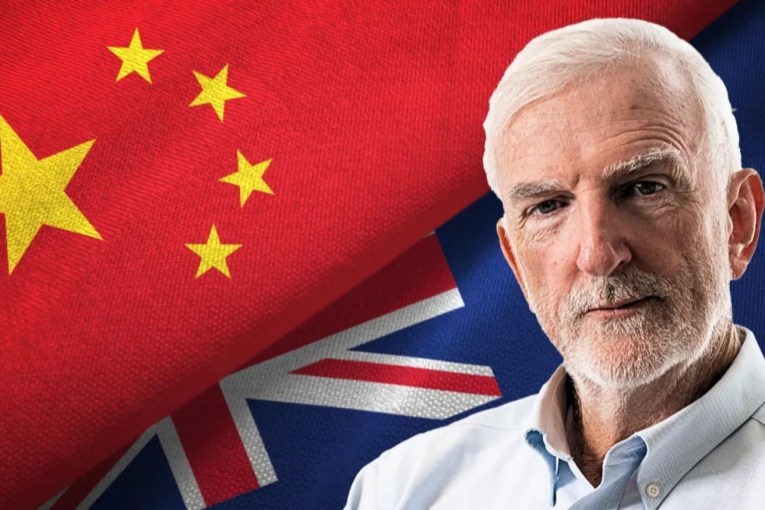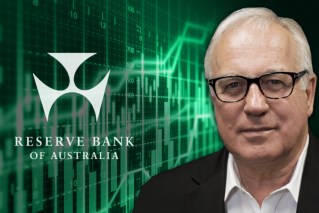On Tuesday, RBA governor Michele Bullock was asked if the interest rate hike last November was a mistake, given that inflation and economic growth were now slowing faster than expected.
Naturally she said it wasn’t a mistake, adding a wordier variation of the “it was good idea at the time” defence: “… risks had shifted to the upside and in order to mitigate some of those [and] to give a bit more assurance, that was the appropriate move at the time”.
Right, except that was actually the third interest rate hike after the Reserve Bank review panel told the Treasurer the RBA board didn’t know what it was doing.
Well, it didn’t use those words, of course, but that was kind of implied. Here is what the panel said in the context of recommending the board be replaced by a new monetary policy committee consisting of experts.
“The Reserve Bank board has not voted against a recommendation of the RBA executive in at least the last decade. Current and former Reserve Bank board members themselves described the Reserve Bank board’s role in various ways, ranging from providing real-time feedback on the economy, to an informed second opinion, to a ‘pub test’ of how decisions might be understood by the public.
“These explanations centred on the external members providing a non-expert challenge to the RBA executive’s proposed monetary policy approach. That leaves the underlying economic and financial judgments with insufficient external scrutiny or challenge and represents a missed opportunity.
“The economic expertise of the Reserve Bank board’s external members is lower than for comparable central banks, such as the Bank of England, US Federal Reserve, Norges Bank and Reserve Bank of New Zealand. This has limited the depth of challenge and debate at the Reserve Bank board.”
The panel simply didn’t agree with having a board of non-experts, and the government went along with it.
Those words, along with the recommendation to remove the board, were presented to Treasurer Jim Chalmers on March 31.
The non-experts then went on to raise interest rates last May, June and November.
Three weeks after the November hike, the Treasurer introduced the Treasury Laws Amendment (Reserve Bank Reforms) Bill 2023 to create the proposed new monetary policy board from July 1, 2024.
When the new board of experts sits for the first time in August, it will be close to 18 months after the government was told the current board isn’t up to it and needs to change.
(I should say here that this is the RBA review panel’s opinion, not mine. I know a few of the current RBA board members, and they are fine, knowledgeable people who have taken their job very seriously.)
It’s true that an institution like the Reserve Bank shouldn’t be trifled with and any changes need to be done with great care. But put simply, if a little brutally, the government agreed that the nation’s most important economic decision makers should be sacked because they weren’t skilled or expert enough, and then it gave them 15 months’ notice.
Those months since the RBA review have been some of the most consequential and difficult the Australian economy has seen, as the aggressive rate hikes of 2022 bit into household budgets and a recession was avoided only through a huge lift in immigration.
It’s not just the three rate hikes that happened in 2023 after the RBA review, including the one in November that some think was a mistake, but also this week’s decision to do nothing, and the next three decisions in March, May and June. Every meeting culminates in a big decision, whether it’s to do something or nothing.
From ‘pub test’ to voting power
The first meeting of the new board of experts, which is expected to include one or two of the current board, will be on August 5-6, after which we will be told how they voted – without names attached.
That is, for the first time in the 64-year history of the RBA, the board will actually vote. Amazing.
The current board doesn’t vote because, as discussed, their job is to inject a sort of “pub test” examination into the cloistered contemplations of the economists at the bank.
That has always seemed like a good idea – not broken, no need to fix it – but the RBA review panel burst that bubble by suggesting that the board has been snowed by the governor and the executive (which was vehemently denied by then governor Phil Lowe).
Anyway, the snowstorm, such as it is, is about to end and be replaced by votes from a new board consisting of the governor, the deputy governor, the Treasury secretary and six external members.
The explanatory memorandum for the bill to establish the board says those six external members will provide “a counterbalance to the influence of internal members and ensure monetary policy decisions are contestable and made with the benefit of a range of perspectives”.
Their appointments “should be supported by a skills matrix, which would set out the skills, experience and capabilities considered essential” for … a contest.
The RBA review reported that the board hadn’t voted against a recommendation of the RBA executive in at least a decade. There’s a fair chance it’s longer than that, maybe six decades, although we’ll never know.
Now decisions are to be “contestable” and not only will the board members have to vote, we get to know whether there were any dissenters from the majority.
The majority vote would probably be with the executive’s recommendation, although we won’t be told if that’s true or who the nays – and the ayes – were.
That seems fair enough. But I do think we should be told if the six external members have rolled the executive.
What if the vote is five to four? Are the governor, the deputy governor and/or the Treasury secretary in the five, or the four? Maybe that’s a very unlikely scenario, but it seems to me it’s something worth thinking about.
After all, the RBA review deliberately proposed the board be weighted in favour of external members, to provide a “healthy counterbalance to the influence of internal members”, implying that rolling them is also healthy.
As well as their votes on the interest rate decision, perhaps we should also get an idea of what each member of the board thinks will happen to interest rates, as the members of the US Federal Open Market Committee do with what’s known as the “dot plot”.
The interest rate forecast of each of the 17 members of the FOMC for each of the next few years is shown as a dot on a chart. Market economists then plot the median of them to get an idea of what the FOMC is collectively thinking.
Would that be so terrible?
Alan Kohler writes twice a week for The New Daily. He is finance presenter on the ABC News and also writes for Intelligent Investor










